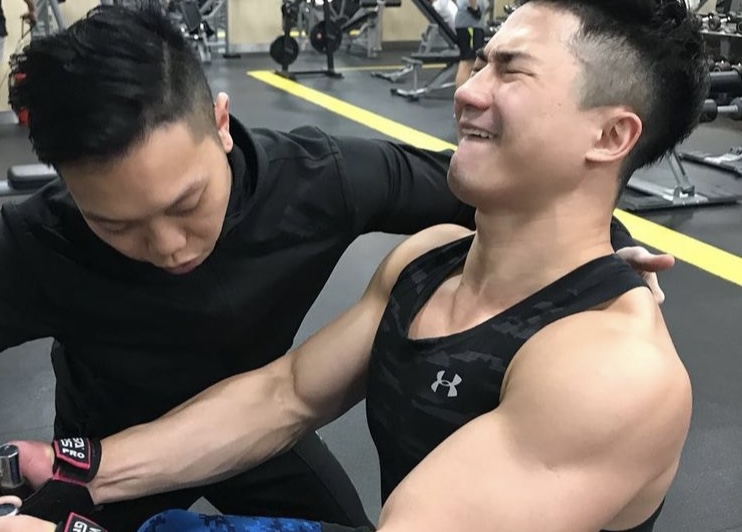Categorías
- Blog (167)
Con el desarrollo del país, La demanda de mano de obra popular disminuye gradualmente, y más personas caen en los grupos de alto riesgo de muchas enfermedades temprano debido a la falta de ejercicio. Estos valores son bastante aterradores, porque el desarrollo de los recursos médicos aún no se ha mantenido al día con las necesidades de la población que envejece, which means that there may be insufficient medical resources in the near future.
The incidence of aging-derived cardiovascular disease, autoimmune disease, cancer, chronic inflammation, and various infections has been shown to be related to the level of physical activity. So today I will talk about why the immune system declines when we are old, and what benefits can exercise bring to the aging immune system.
As we age, our bodily functions and metabolism will gradually decline, and the chance of incorrectly replicating incompetent immune cells increases, which in turn affects the immune function of old age. Although the number of neutrophils (Neutrophil) and monocytes (Monocytes) in the elderly increases, the function of immune cells is gradually unbalanced with age. Cells become incapable of efficiently engulfing harmful bacteria or calling on other immune cells to help, making infection and inflammatory syndrome a risk that cannot be ignored in the elderly population. The number of supportive immune cells, such as lymphocytes, declines with age, resulting in many immune functions that require specificity, such as the decreasing number and diversity of antibodies. In addition to a decrease in the number of cells, lymphocytes are also more likely to accumulate symptoms of aging with age. A major feature of aging immune cells is that they cannot perform their immune functions properly. Imagine that the proportion of employees who are actually productive in the company is constantly decreasing, and the company is bound to go out of business one day. por lo tanto, the immune function of aging is caused by viral infection, the formation of cancer cells and the formation of some autoimmune antibodies, which poses a great threat to the elderly population.

The impact of exercise on the immune system has been continuously explored in many studies, and the regulatory mechanisms of many cells have also been discovered in exercise immunology. Richard J Simpson and his team found that these senescent lymphocytes are temporarily transferred from the lymphatic circulatory system to the blood circulation after exhaustive exercise. In another study published by the Exercise Science team at Justus Liebig University in Germany, Karsten Kruger observed that after a single session of High-intensity interval training (HIIT), these circulating lymphocytes undergo cellular programming. The death of cells, also known as apoptosis (Apoptosis), to remove these senescent cells. The temporary drop in lymphocyte counts caused by exercise encourages hematopoietic stem cells to replace new lymphocytes during post-exercise recovery, thereby maintaining the functionality of the immune system.
Sin embargo, the exercise intensity used in the study may be too high for the elderly, and the elderly may not be able to actually perform such exercise prescriptions, so more relevant research is needed to explore the exercise intensity suitable for the elderly to achieve The purpose of healthy aging. por lo tanto, taking advantage of the age when the body functions are still relatively complete, developing the living habit of exercise will be the best weapon against aging, delaying the symptoms of immune aging caused by aging, and grasping a healthy body can lead to a healthy mind.
Productos relacionados: AS 031
